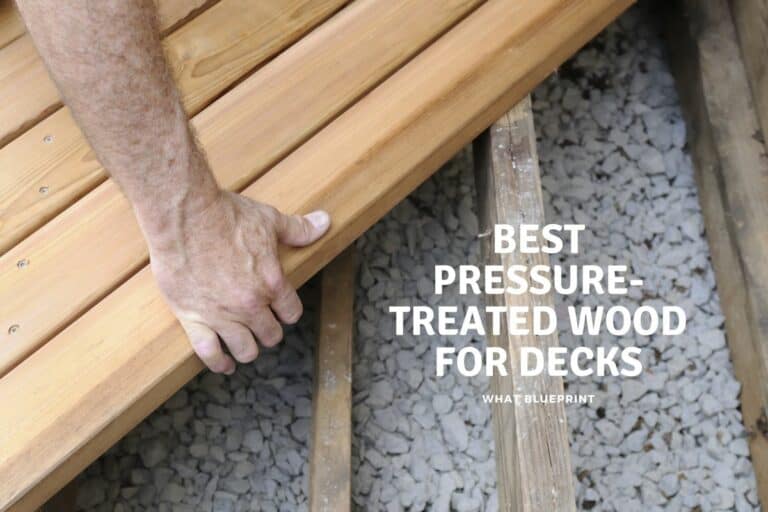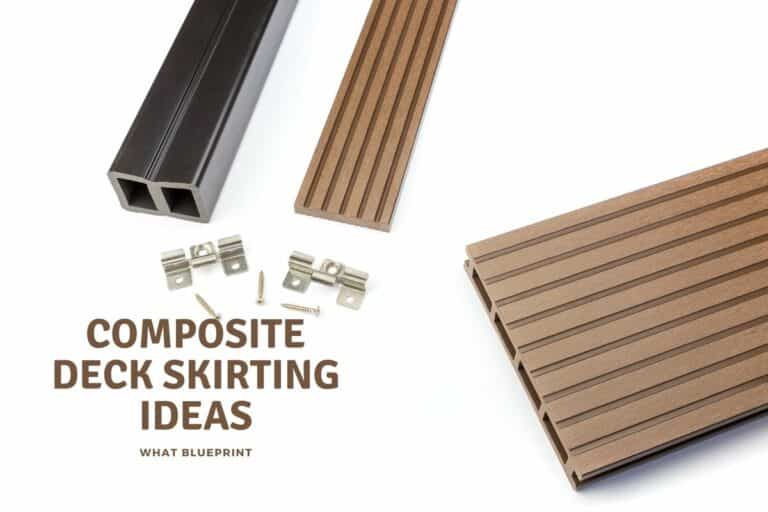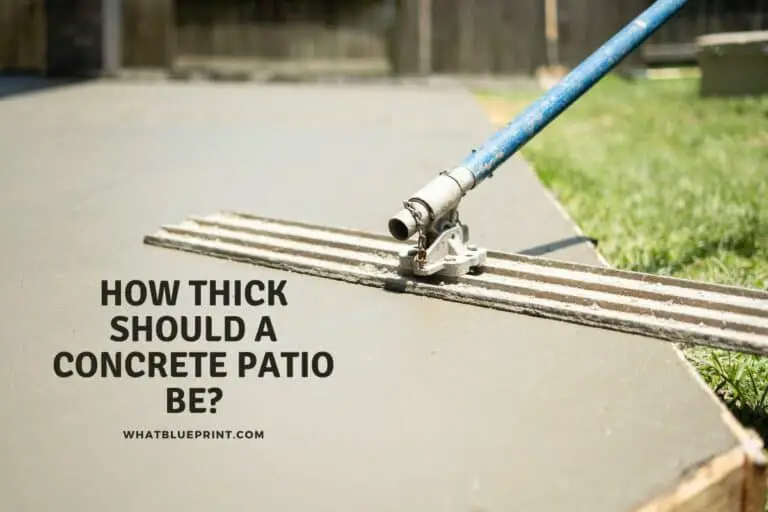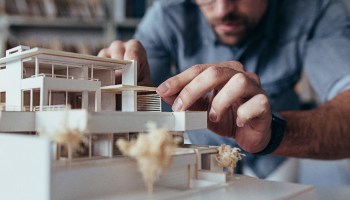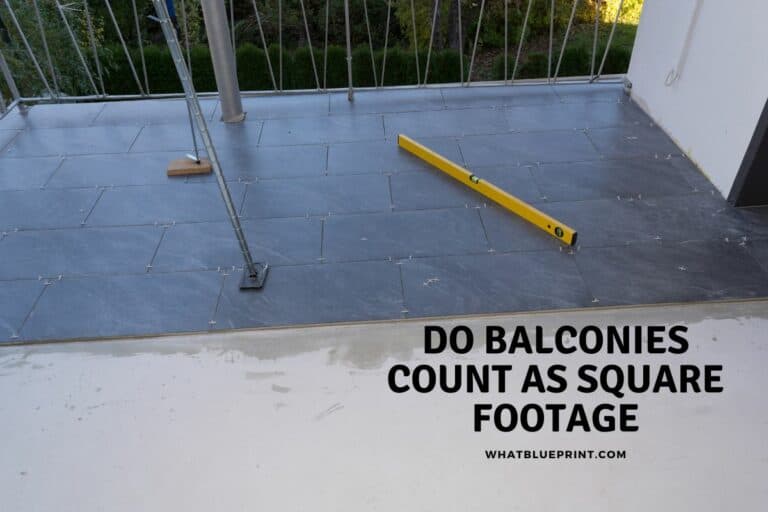How Creative Are Architects?
The field of architecture will always involve the process of creating something. In this process, creativity will be needed in order to achieve results. Architects must be capable and well versed in all aspects of buildings to guide this creativity.
How creative are architects? Architecture requires architects to be very creative in how they design and approach things. Architects don’t necessarily have to be creative in everything. Some architects specialize in design while other architects specialize in other things like programming.
In this article, we’ll be going into why architecture needs creativity and what type of creativity is needed. We’ll also be tackling how architects apply creativity and how you can also learn a bit more about architectural creativity and apply it to your current spaces.
Does Architecture require creativity?
Each site and project will have different challenges and needs that have to be met and satisfied. Whether it be from the client, the physical surroundings, or the general culture of the area, architects must be able to find ways to come up with different solutions and translate those solutions into something applicable.
The creative process is actually the longest part of the architect’s work. Creating plans and models can easily be determined within a set time frame but coming up with a design that looks good and works well takes a much longer time. The most difficult creative skill to learn for an architect is knowing when to keep on revising and knowing when the plans are finished.
An example of applying creativity in architecture would be on how to organize a space. In architecture school, this is usually what’s taught to students first. Before any beautification or anything else, space must be functional and serve the needs of the users.
Feel free to check out my article on whether architecture school is hard here.
How are architects creative?
Creativity, for architects, always stems from reality. Remember that the job of the architect is to make the client’s vision come true.
Architects are meant to translate ideas and needs into a built environment.
The architect’s creativity comes in refining the ideas, wants, and needs of the client. If the client says they want a house that is inviting, then the architect will have to take that idea and turn it into something tangible. Making a house inviting can stem anywhere from arranging the guest spaces to be more interlinked or making sure that the guest areas don’t affect the private areas.
The most important thing needed for creativity is to have limitations. Having a set goal ensures that every decision that’s made is towards a cohesive building. It’s easy to get sidetracked and lose your way if you have no boundaries. If an architect has no set goal, they’ll end up designing a house with incompatible spaces. Architects have to define the boundaries by identifying the important needs and challenges that are present in the project.
How is creativity applied during the process?
There are three main aspects that an architect needs to consider during planning, which is the design (aesthetic aspect), programming (usage aspect), and solutions (problem-solving aspect).
During any project, the regular architect process is to collect data and begin making decisions based on that data. An example of this is knowing where the building is usually approached from and accessed by pedestrians and making that side of the building the more interesting part.
Multiple schemes are then incorporated into the process. Each scheme is going into different possibilities and priorities; schemes usually contain different forms and plans altogether. These schemes are usually when the ideas of the architect are at their wildest. Most schemes usually start with basic things like building footprint, sample floor plans, simple site developments, and the like.
As soon as the architect arrives at a proper scheme, the process of refining and adding complexity can finally begin. This is the part of the process in which the architect begins adding other important factors and has to continually adjust the different aspects of the building in order to ensure that the requirements of these factors are met. This can range anywhere from structurals to affordability.
Another challenge that comes up during the design process is collaborating with other professions. As an architect, you’ll be collaborating with all kinds of different fields, and each of them will have their own set of priorities. Whether the structural engineer tells you to add more columns or if the interior designer asks for more space to work within certain rooms, it’s up to the architect to consolidate everything into the plans through creative applications of design, programming, and solutions.
Creativity in design
This is where the artistic creativity and engineering ingenuity for architects come into play. Design, in the physical sense, is what users actually see.
Usually, architectural form is the first thing that’s established before anything else. It gives the boundaries as to what can actually fit inside the space. Each site already has a maximum in terms of buildable area, and all the architect has to do is to find a form, through massing models, and find which physical shape is the best.
A common misconception is that most designs these days are just simple rectangles. However, there is nothing simple at all about it. The reason why most buildings these days are so simply designed, in terms of form, is that it’s the most economical. Think about it; most regular private buildings are usually just boxes. Where the architect can shine is how they present this “box.”
The box form is adjusted in order to fit in with the environment, from the rays of sunshine to the nearby buildings, every detail and decision is based on improving the experience of the users.
These decisions are then created and put together in order to contribute towards a cohesive look to the building.
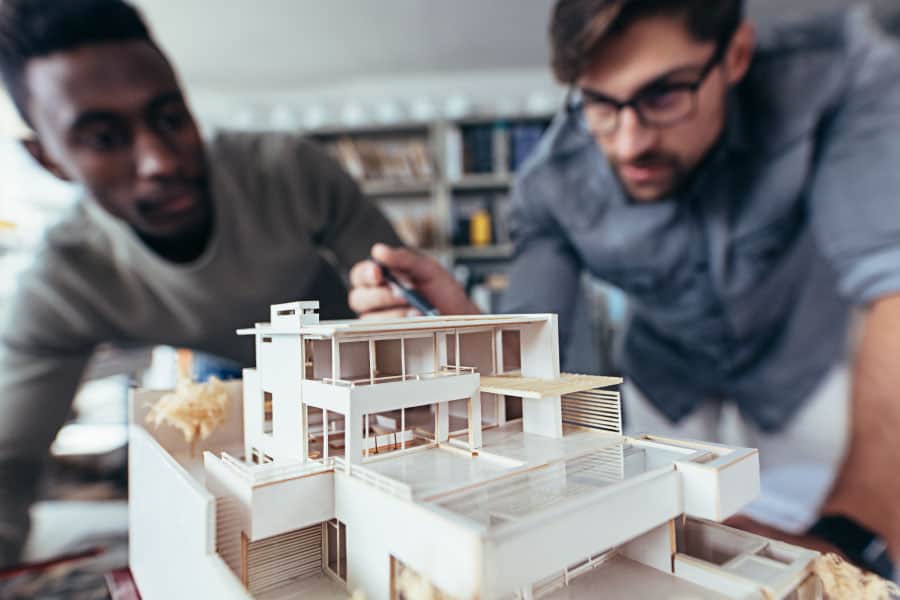
Creativity in programming
Creativity in programming stems from the needs of the users. How the building will be used, and the current form gives the architect a framework that they can work with. Coming up with the necessary spaces, the size for these spaces, the needs of these spaces, adjusting these spaces and etc. is what architectural programming comes from.
With so much to consider, the architect always looks back to the main concept or goal of the project. The client usually gives what they want, considering how much money they’re spending they’d want to make sure that the architect makes what they want.
The architect constantly has to imagine the experience of the users when designing the programming. This is where the creative aspect comes in, trying to tailor fit the experience of using a building to the users.
Architectural programming involves how people actually use a space. The architect has to put themselves into the activities that the users will be doing, based on research. For example, if an architect were to program a ballet center, they would need to look into what ballet dancers need, the needed space for performances, and dances.
Creativity in solutions
Every part added to the design and the programming will end up creating problems that need to be addressed. From being too expensive or too impractical, the architect has to find a way to make the clients dream into a reality.
Architects have to become creative with how they approach problems. Each and every individual site will have its own challenges and will require different solutions. This is why architectural design has to conform to context.
The problems that need to be solved can also be from the demands of the site. Whether this is from natural or man-made factors, certain design solutions need to be put in place in order to address these needs.
An example of this solution that’s becoming quite common is creating homes and buildings that are more environmentally friendly. This involves numerous systems, design interventions, and programming interventions that should result in lesser energy demand.
Creativity is putting it all together
Once the architect comes up with all these different designs, programming, and solutions, there’s a stage in which they have to make sure that they all work together. Every factor has to be accounted for and has to make sense when put together.
It may sound difficult, but at this point, the architect is completely aware of what needs to be addressed because they are the ones who came up with it in the first place. Ingenuity is the name of the game. Figuring out how to make things work together entails making changes to the three other aspects of creativity.
This is also the stage in which the architect needs to decide when the design is finished. It’s quite difficult to know when to stop, especially since there will always be flaws that can be pointed out. However, a good sign of a finished design would be achieving all the priorities originally set and having adequate solutions to the problems.
How can you apply architectural creativity to your own spaces?
Everyone can be creative; they just need to identify where exactly they should be creative. In this example, we’ll be going into something that almost everyone has, which is a work desk. The current set up of your space plays a big role in your productivity and workflow. Below is how you can apply the aspects of creativity that was mentioned earlier.
| Design | Check how easy things are to access. Review the ergonomics of your position. ( seat too low, always leaning forward, monitor too near, etc.) Consider how the current built environment influences your actions. |
| Programming | List your most common actions. Observe what helps you be more productive and what causes distractions. Think about how you move throughout the space in a day. |
| Solutions | From the programming and design, look into how you can apply these changes within your capacity. Come up with ways that you can achieve the changes you want. |
| Putting it all together | Most likely, there will be some conflict in the design, the programming, and the solutions. The best way to solve this is to set a priority system of what’s really important and setting up some countermeasures to reduce the effects of the resulting inconveniences (from your solution). |
Here’s an example of applying all of these steps:
“My desk currently contains my desktop, printer, mouse, notebook, and a keyboard. In my drawers, I have all my writing tools and needed documents. Within the room, I keep my phone charger far away from my desk to avoid distractions. My windows are always closed to keep the noise out from the street, and I open the door instead so that the air can change.
I also put up curtains in order to keep my room private, giving me the confidence to move around the space. Right outside my workroom is a water dispenser, so that I always stay hydrated. I recently installed a mirror at the back of my workroom so I can check my appearance before going into any online calls.
I also decided to keep a clear space so that I can do my daily stretches, workout routines also within the workspace and move around when I feel like I’ve been sitting too long. I set up a lamp near my desktop in such a way that lights my face well during video calls, and my monitor is raised up in such a way that I don’t have to look down to look at the screen.”
In the example I gave, I did not need to do a single renovation for my workspace. Instead, I adjusted the space to my current lifestyle that I am experiencing, which is studying and working from home due to quarantine. Such changes may seem trivial; however, even a 1% improvement in the ease of doing my actions will result in a big change in how I am able to operate within this given space.
Architectural creativity and how it can benefit your daily life
It has been proven that the actions and wellbeing of a person are affected by their environment. Changing your environment to your current needs and designing it in such a way that promotes a better way of living should be something that we should all strive towards.
Most homeowners make the mistake of “good enough,” either because they’re too limited or, in most cases, just don’t really think about how people actually move about in space. Improving your space doesn’t make a noticeable difference; yes, you read that right.
These types of improvements are not noticed, but they are experienced instead.
Doing an action 4 seconds faster might not be a big deal, but if it’s 100 actions, then that translates to roughly 7 mins of saved time, which compounds to save even more time. Having something closer to you tends to influence you, in terms of present opportunities for activity.
Redesigning and reprogramming your spaces isn’t some magic solution that will make you more productive; instead what it does surely accomplish is that it promotes and supports better living through convenience.
Conclusion
Architectural creativity involves planning and adjusting based on the current needs and requirements of the project. Creativity is a requirement in this field, and each and every project will require its own look, planning, and solutions to work.
Even homeowners can apply this type of creativity by observing their own spaces and seeing how it can be better suited to satisfy the needs of the users. A greater appreciation and knowledge into how spaces can affect our day to day activities as well as how they influence how they do things can lead to a general improvement in everyday life.


